

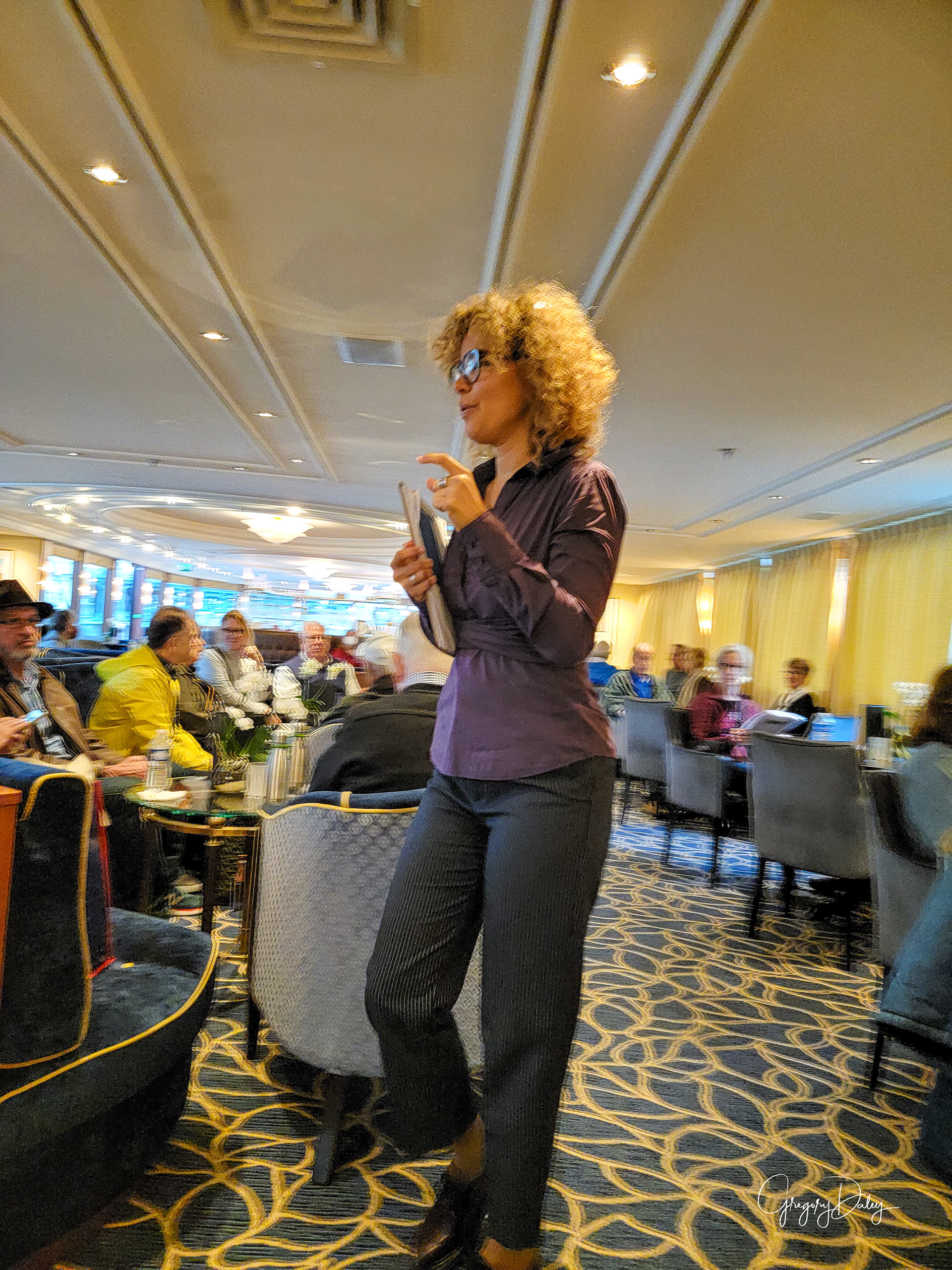

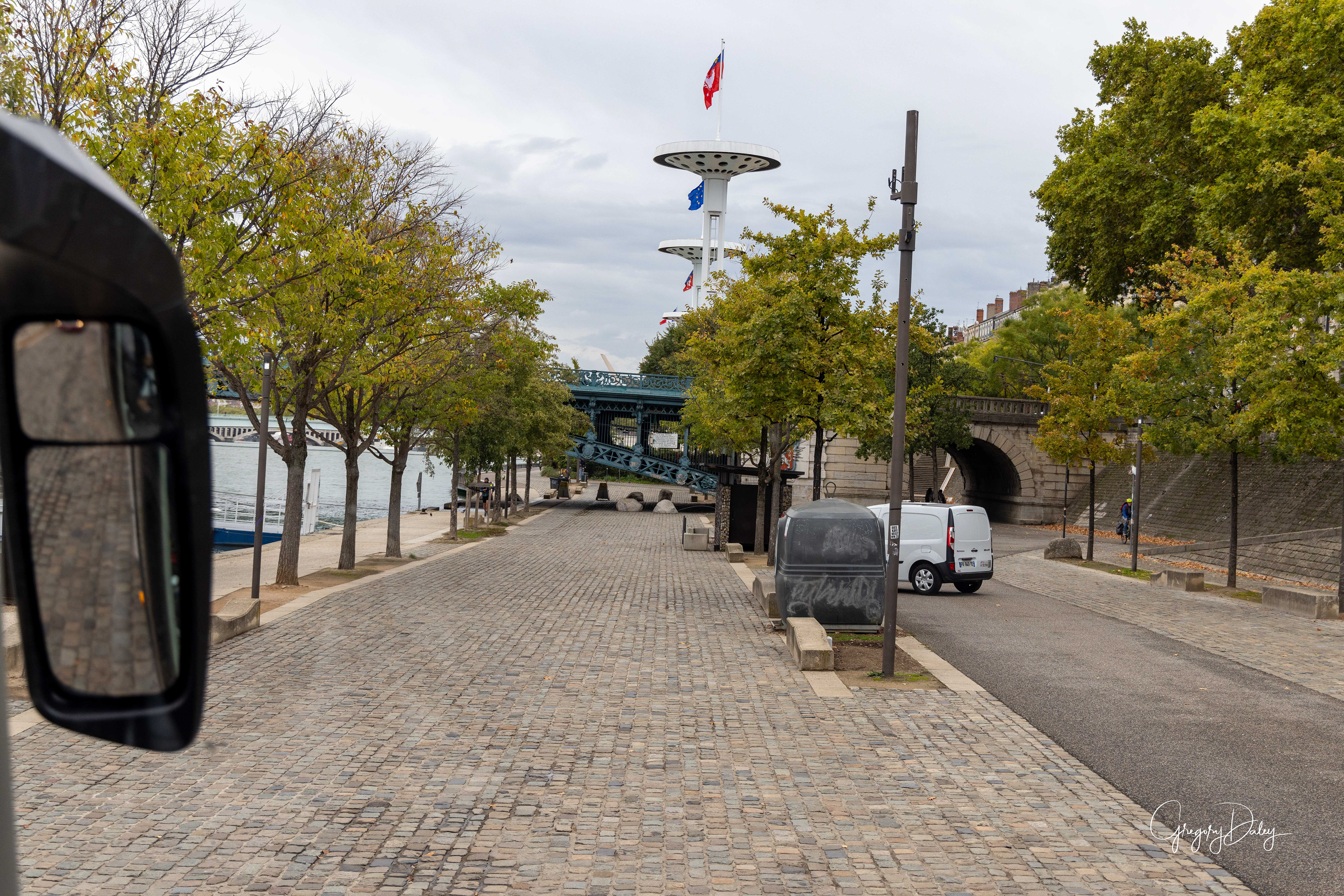
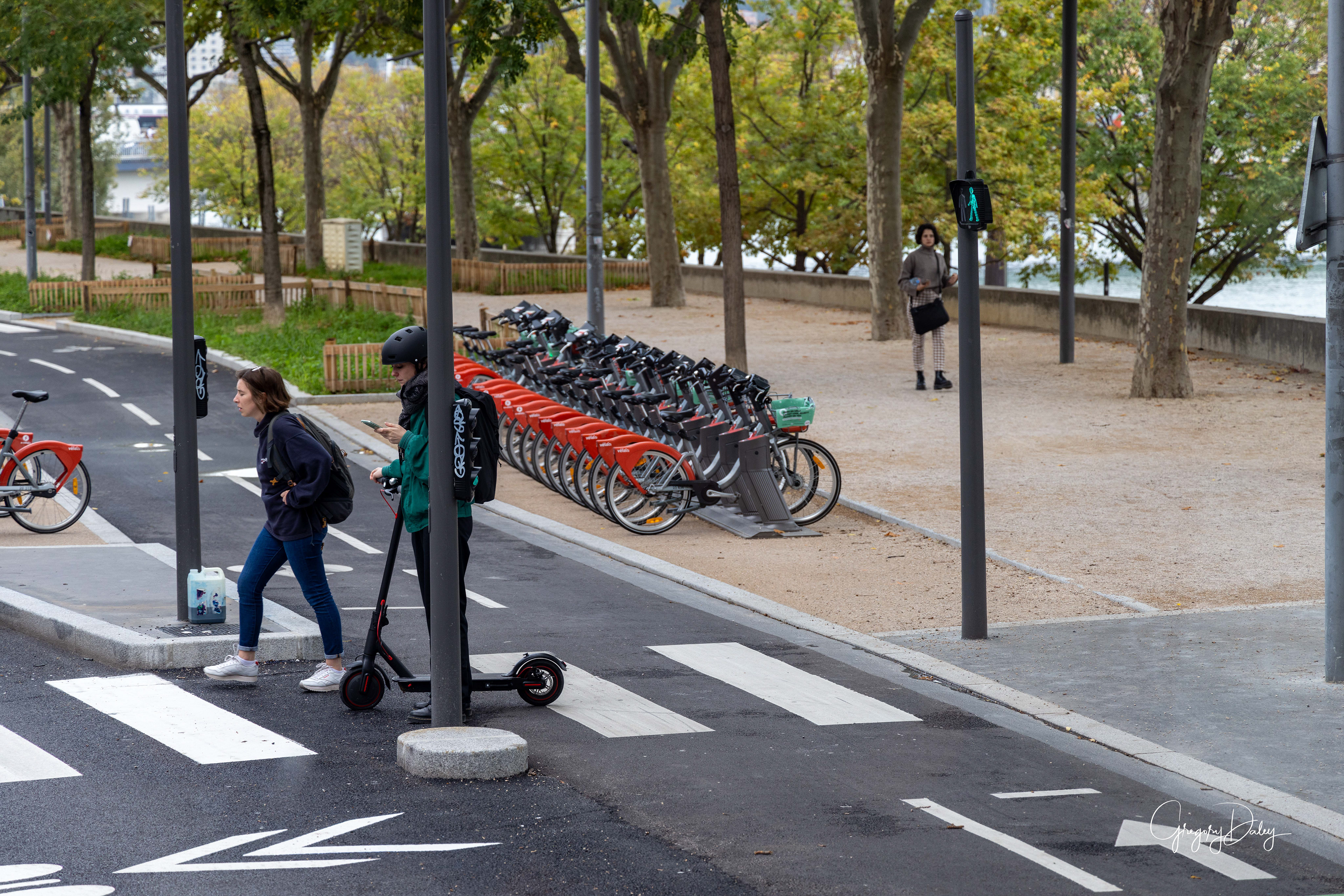
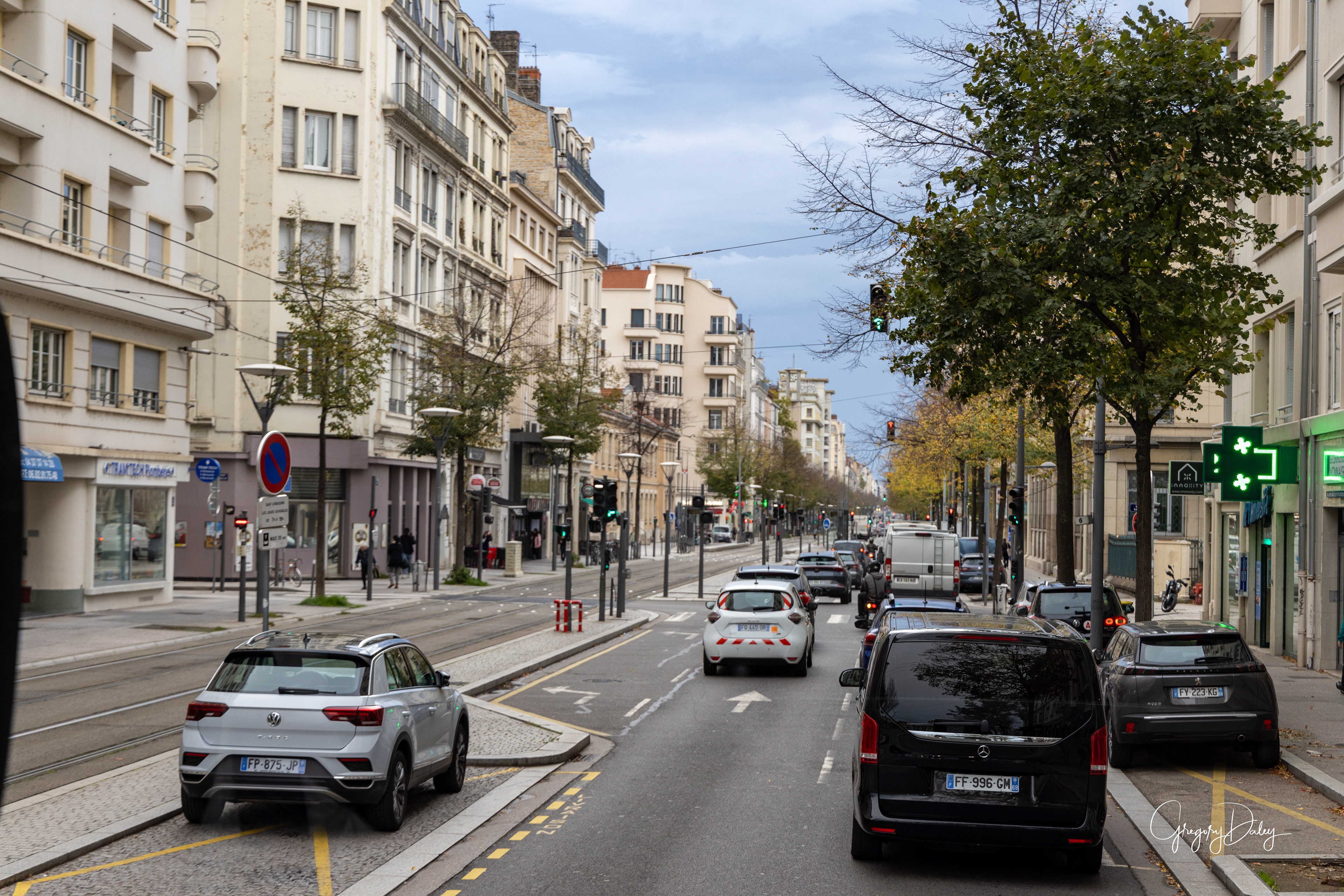
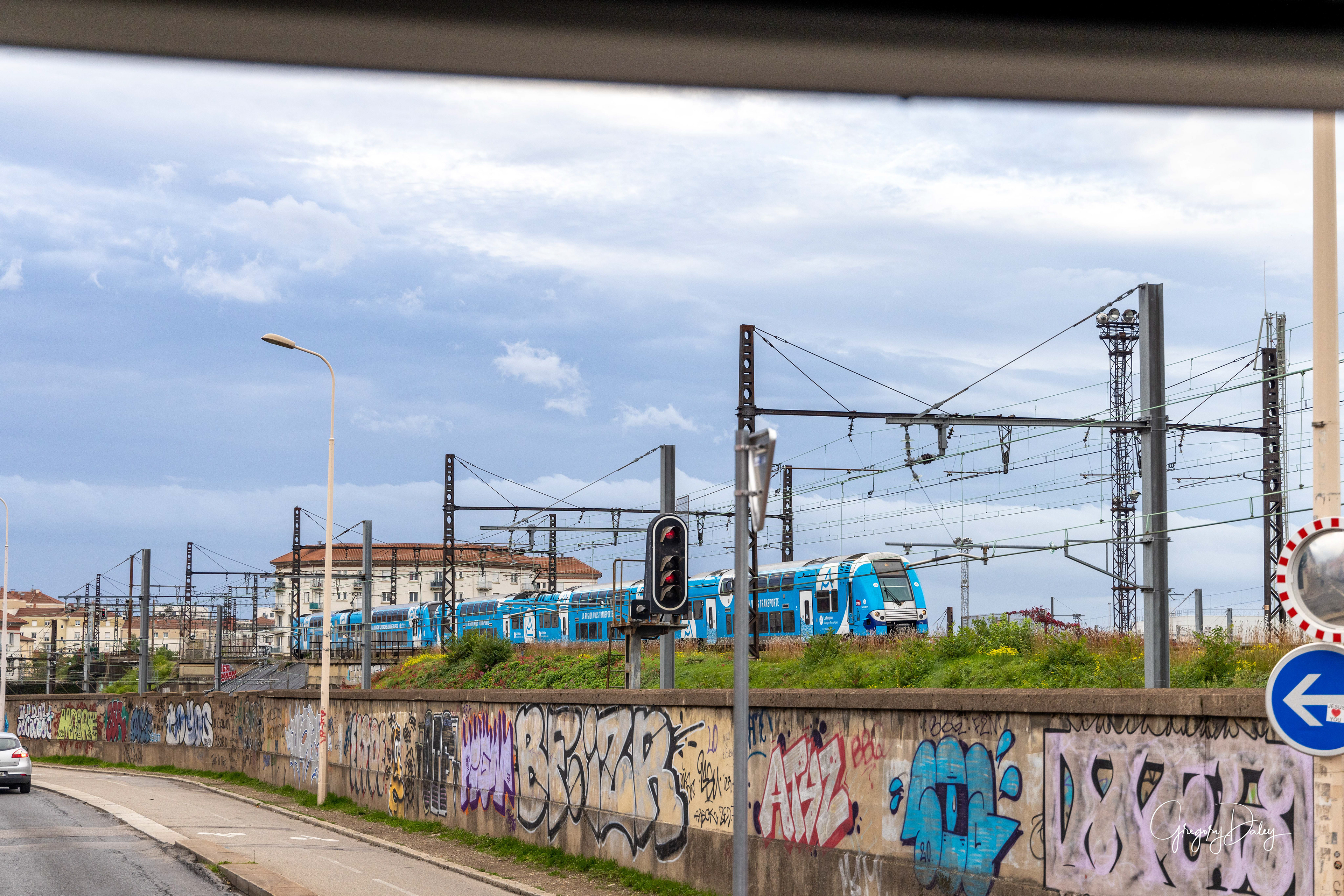
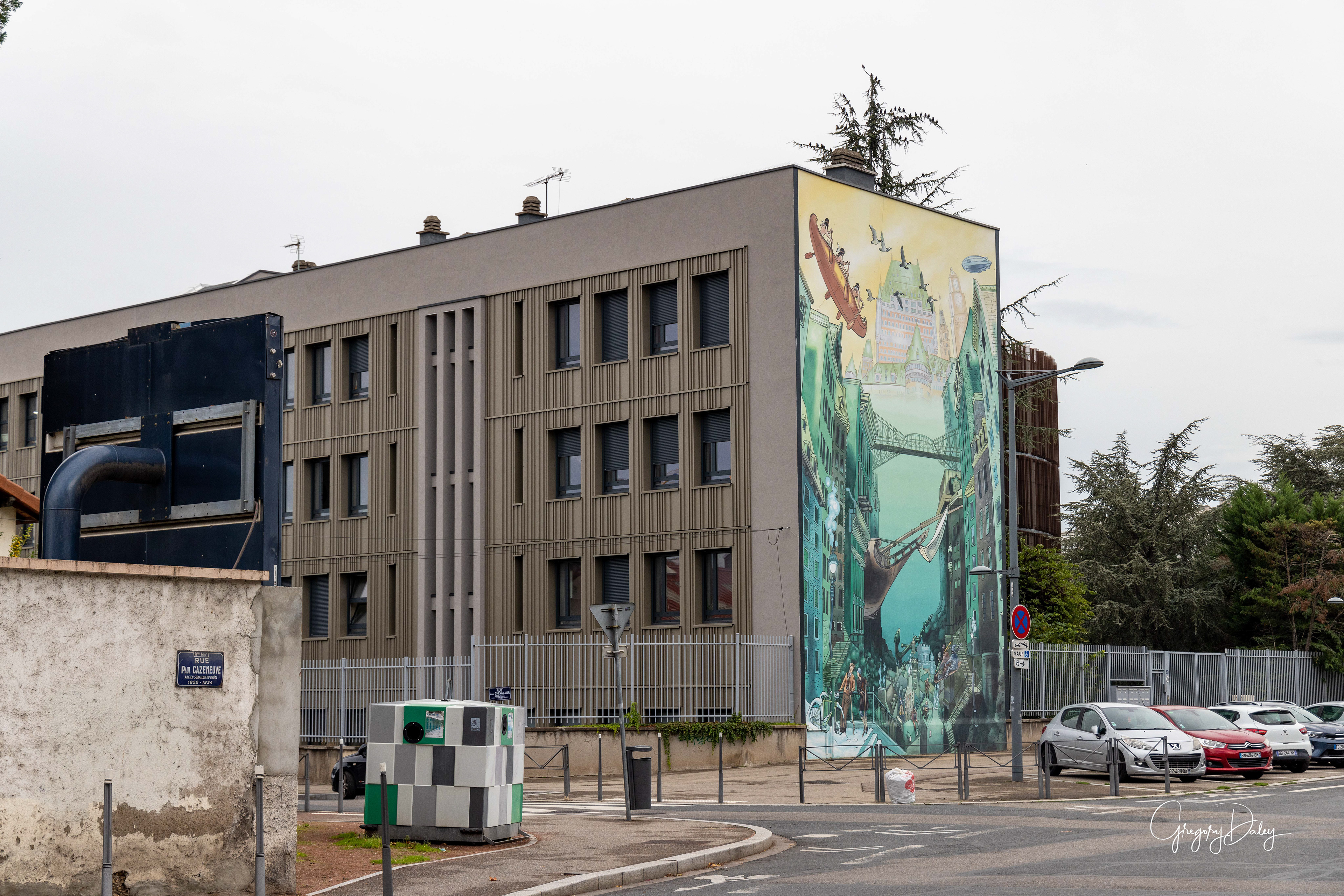

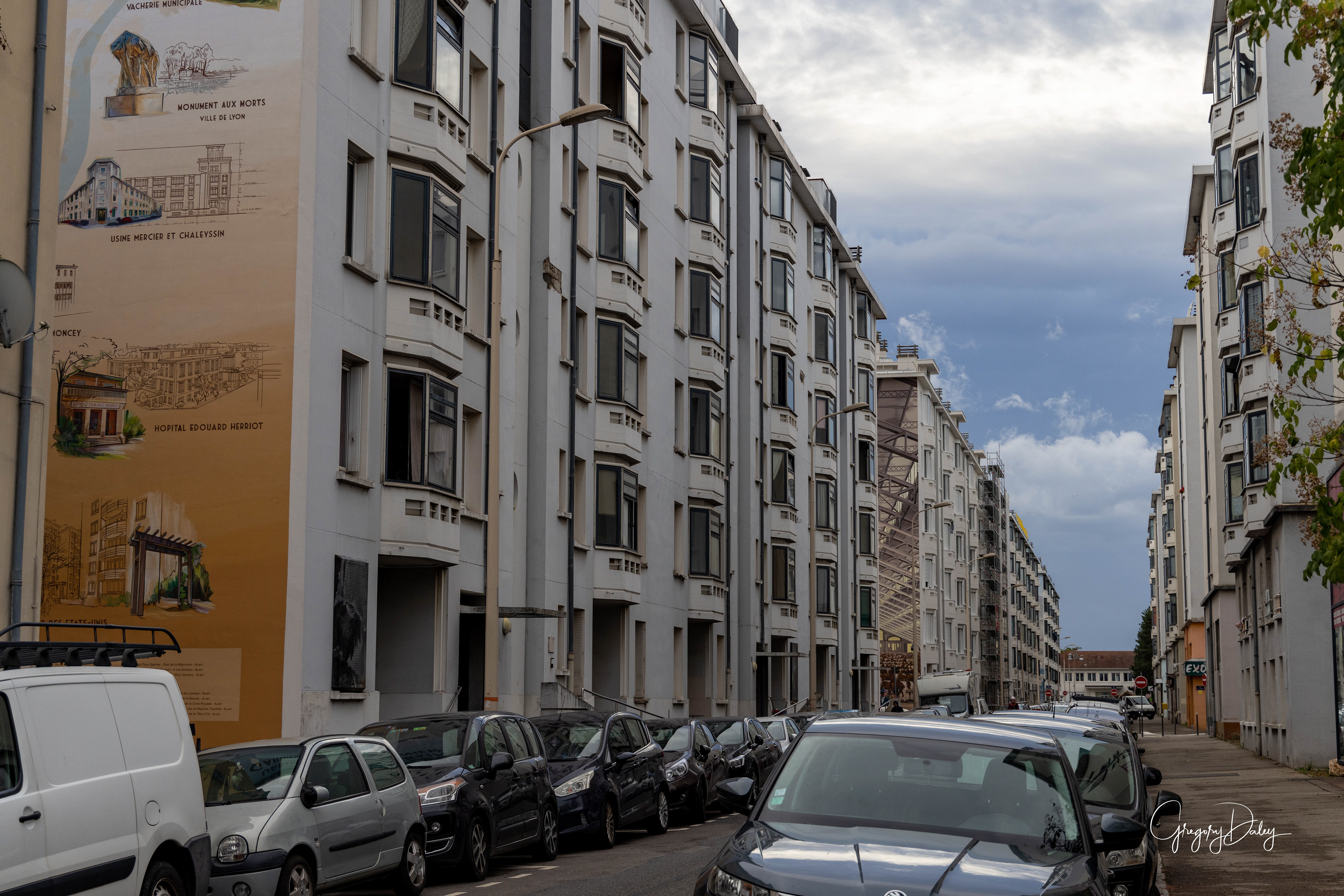


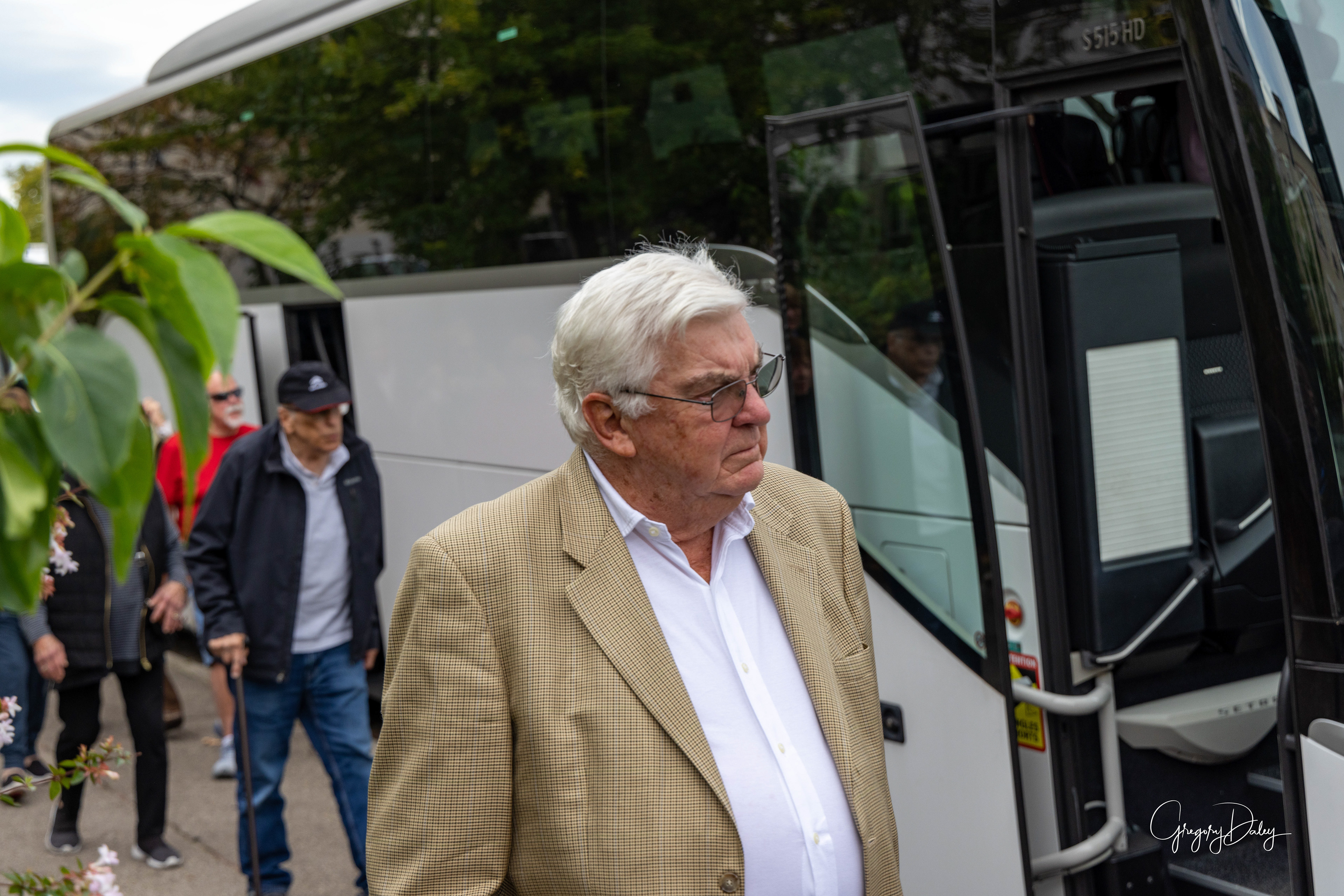





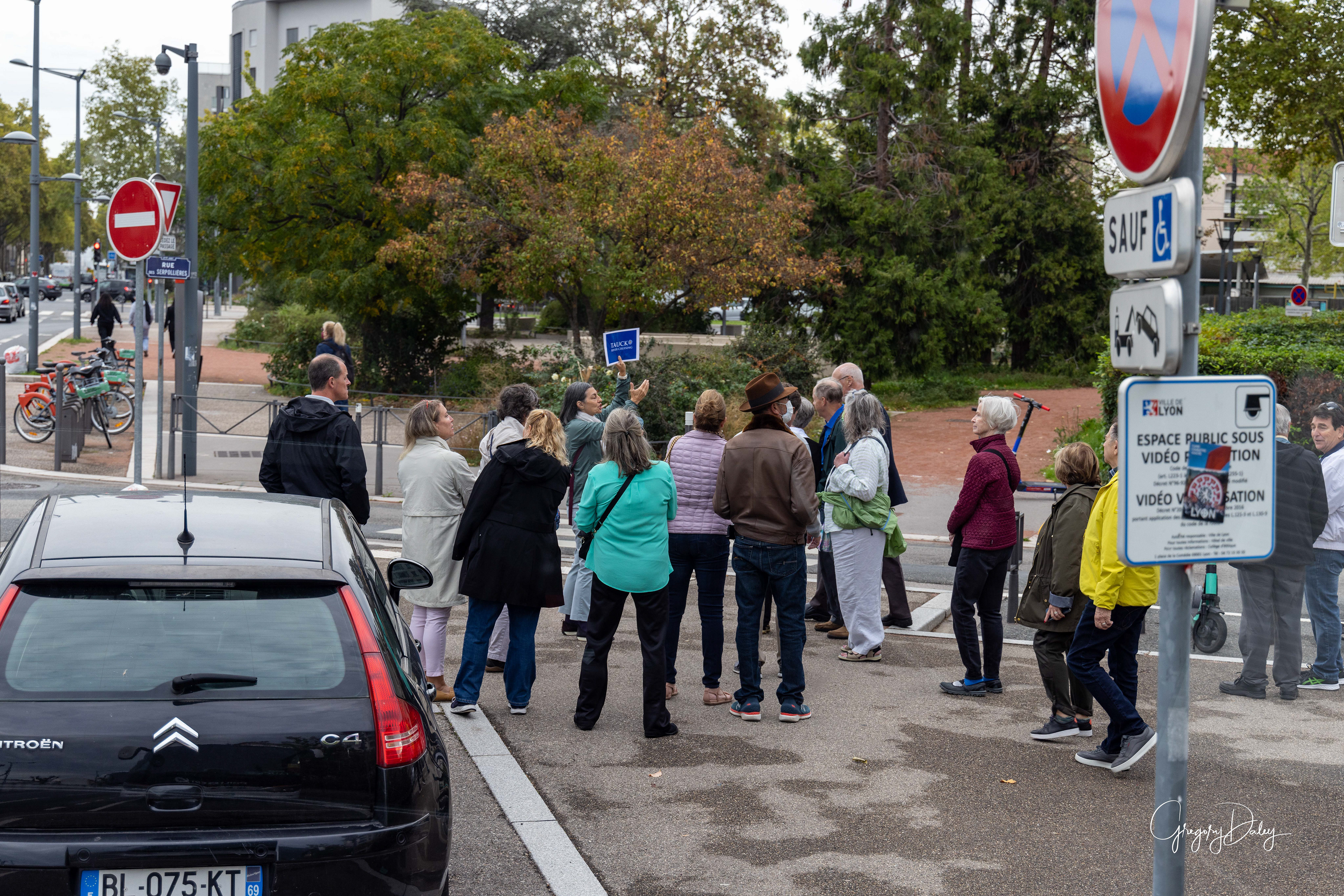
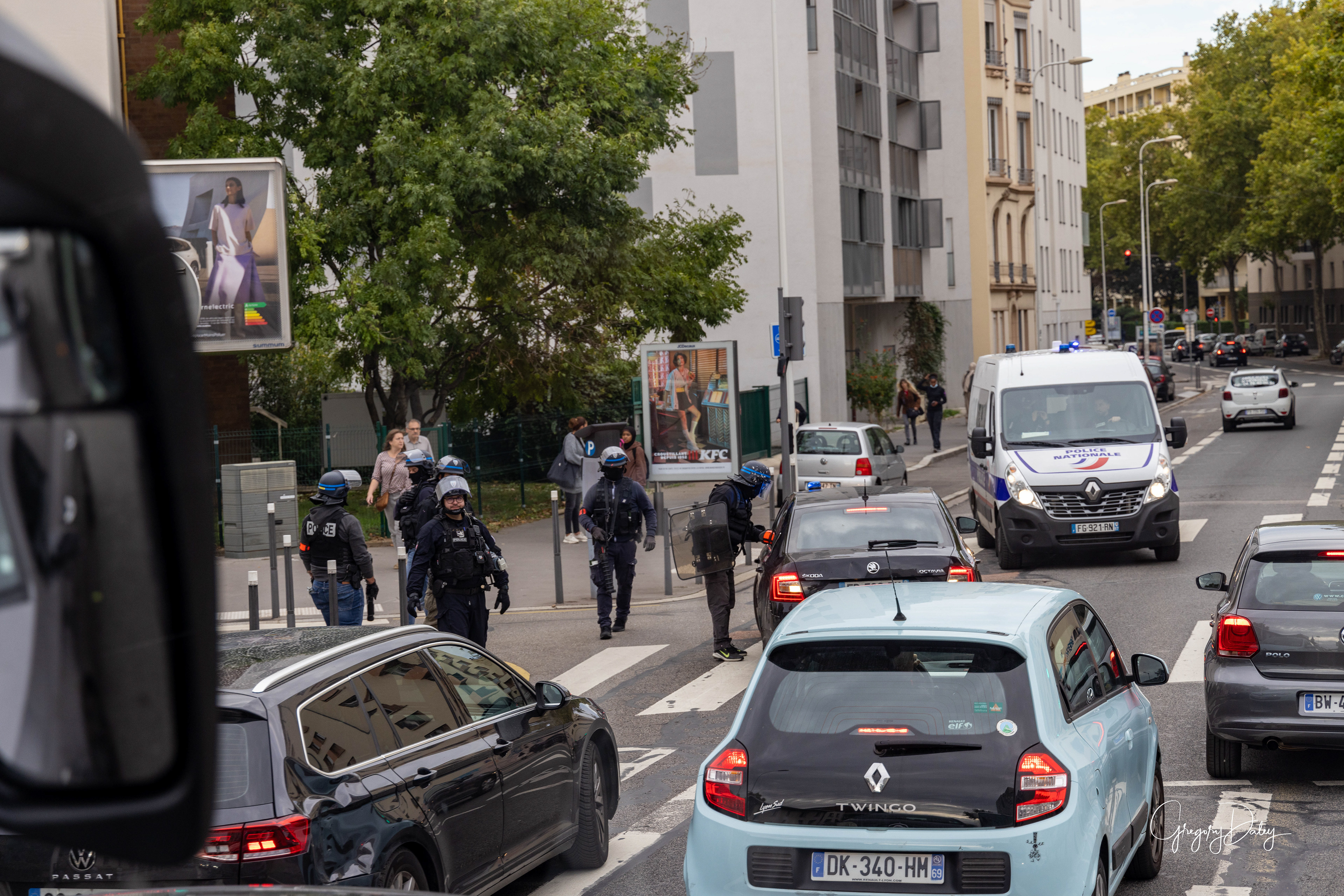
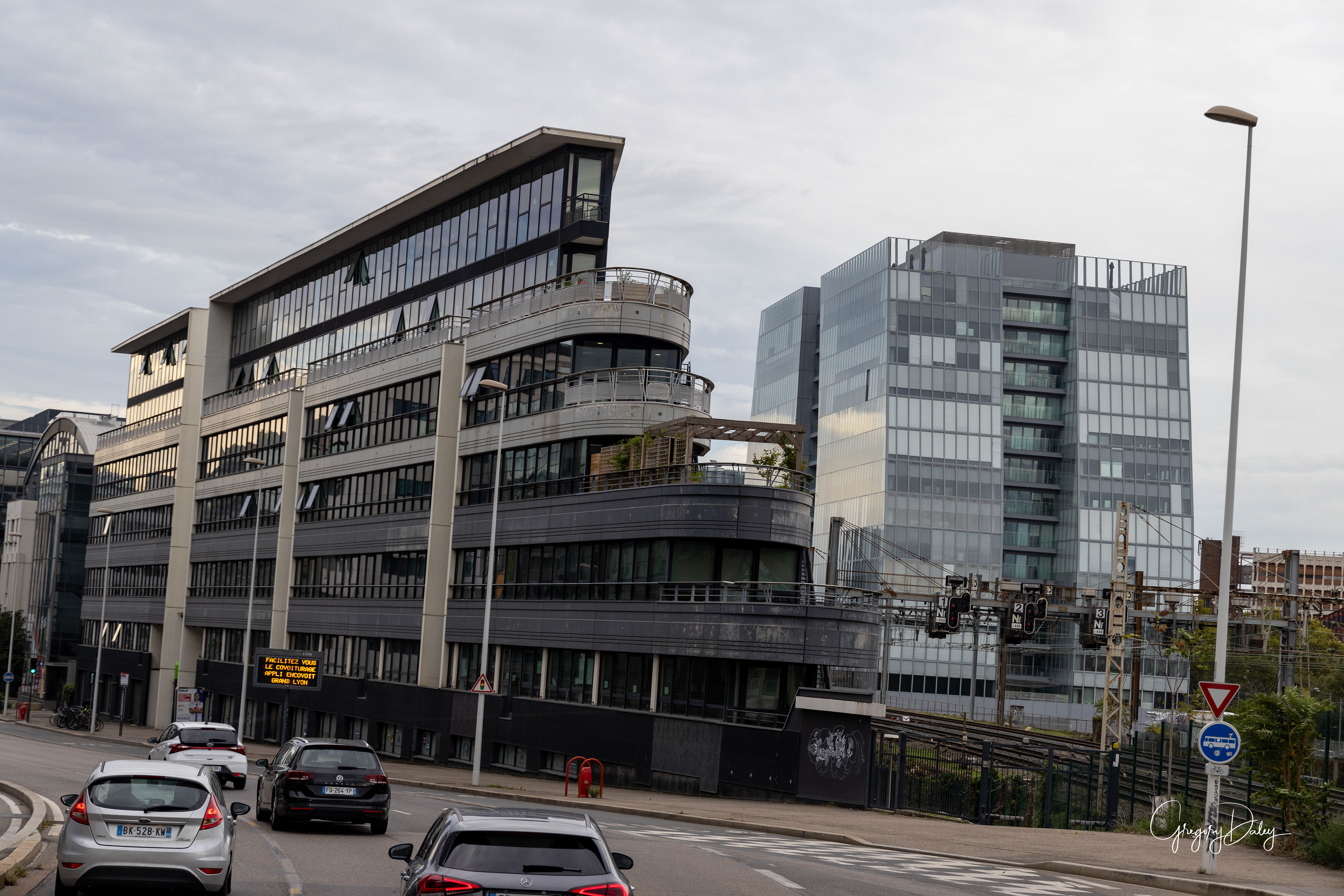
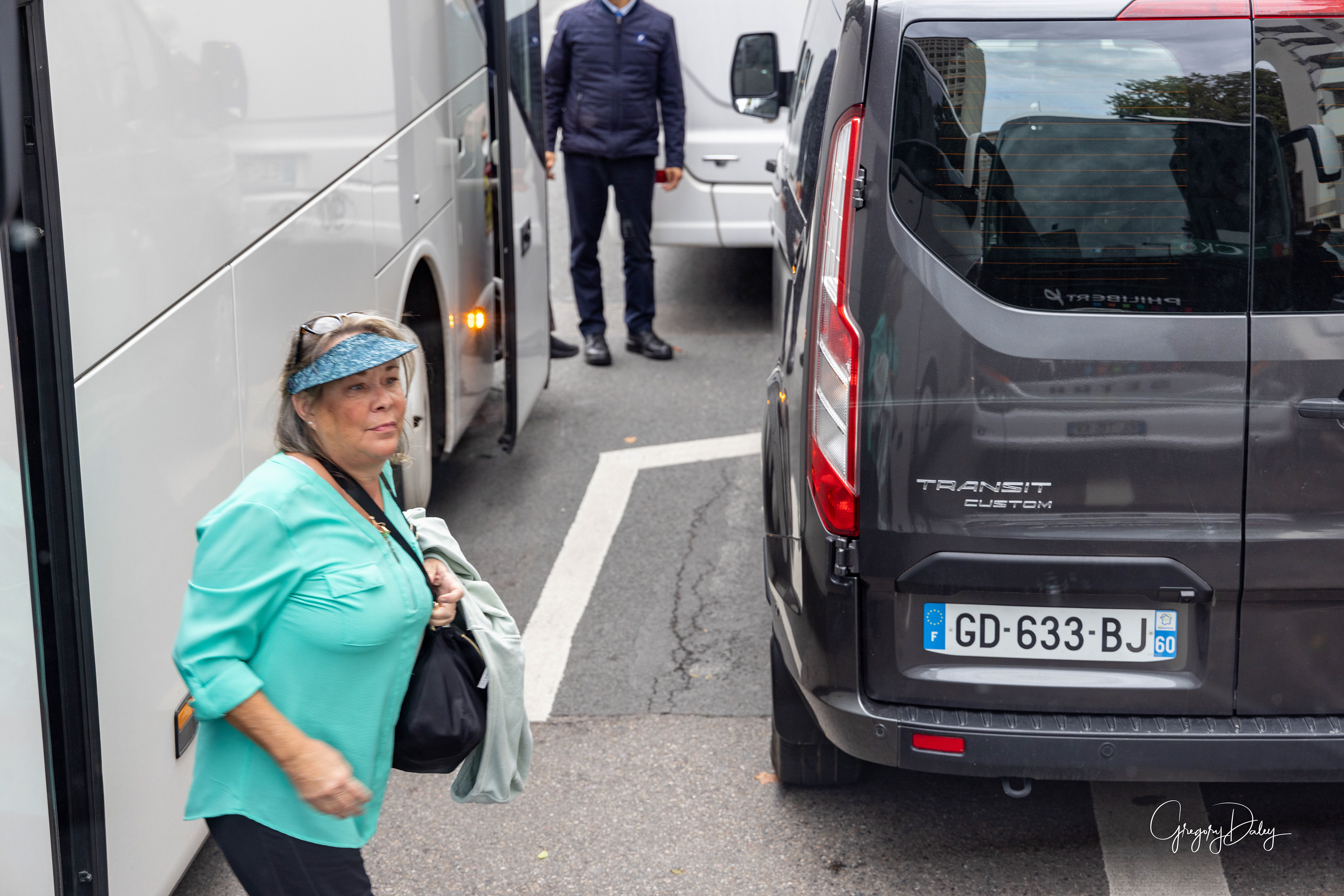
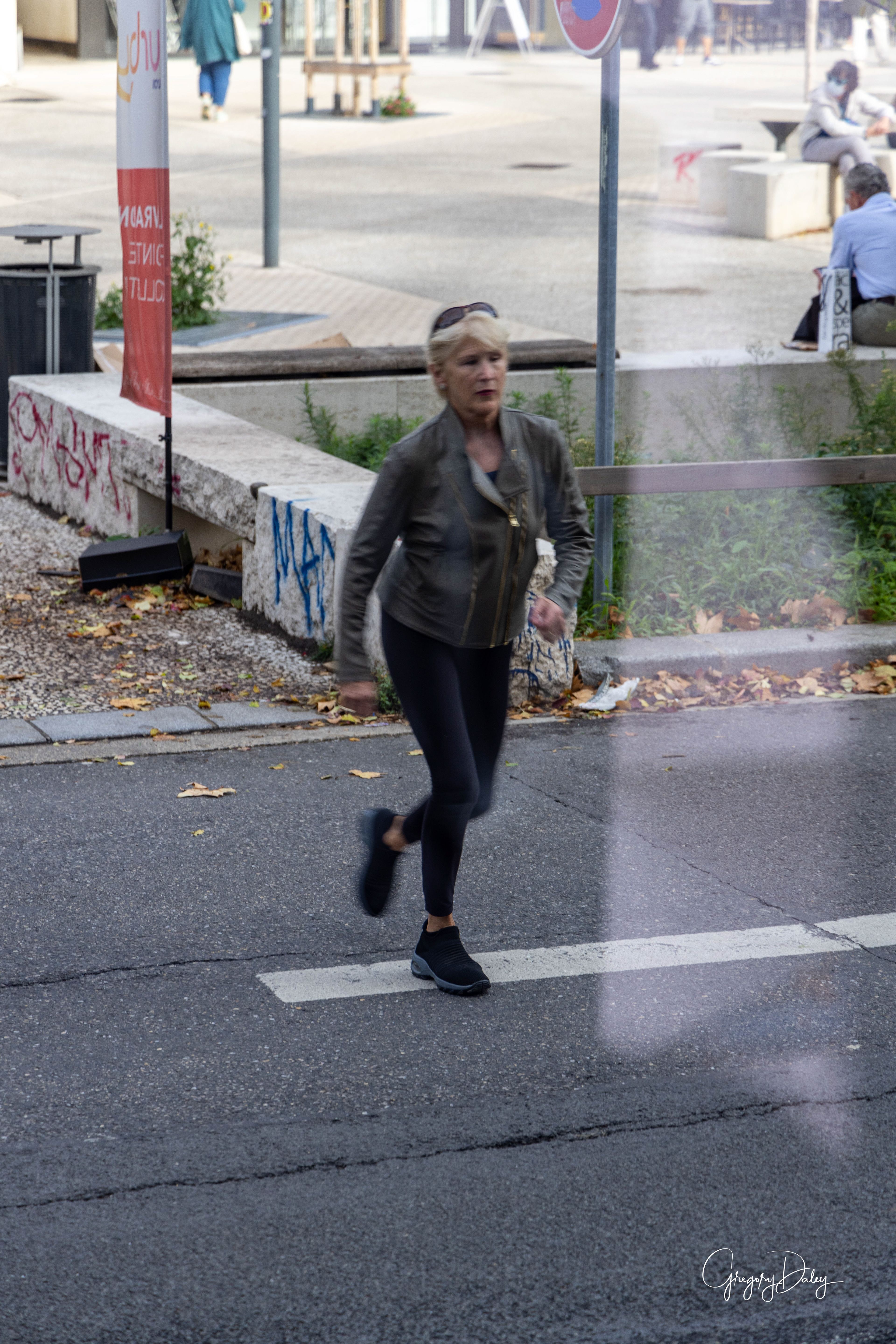
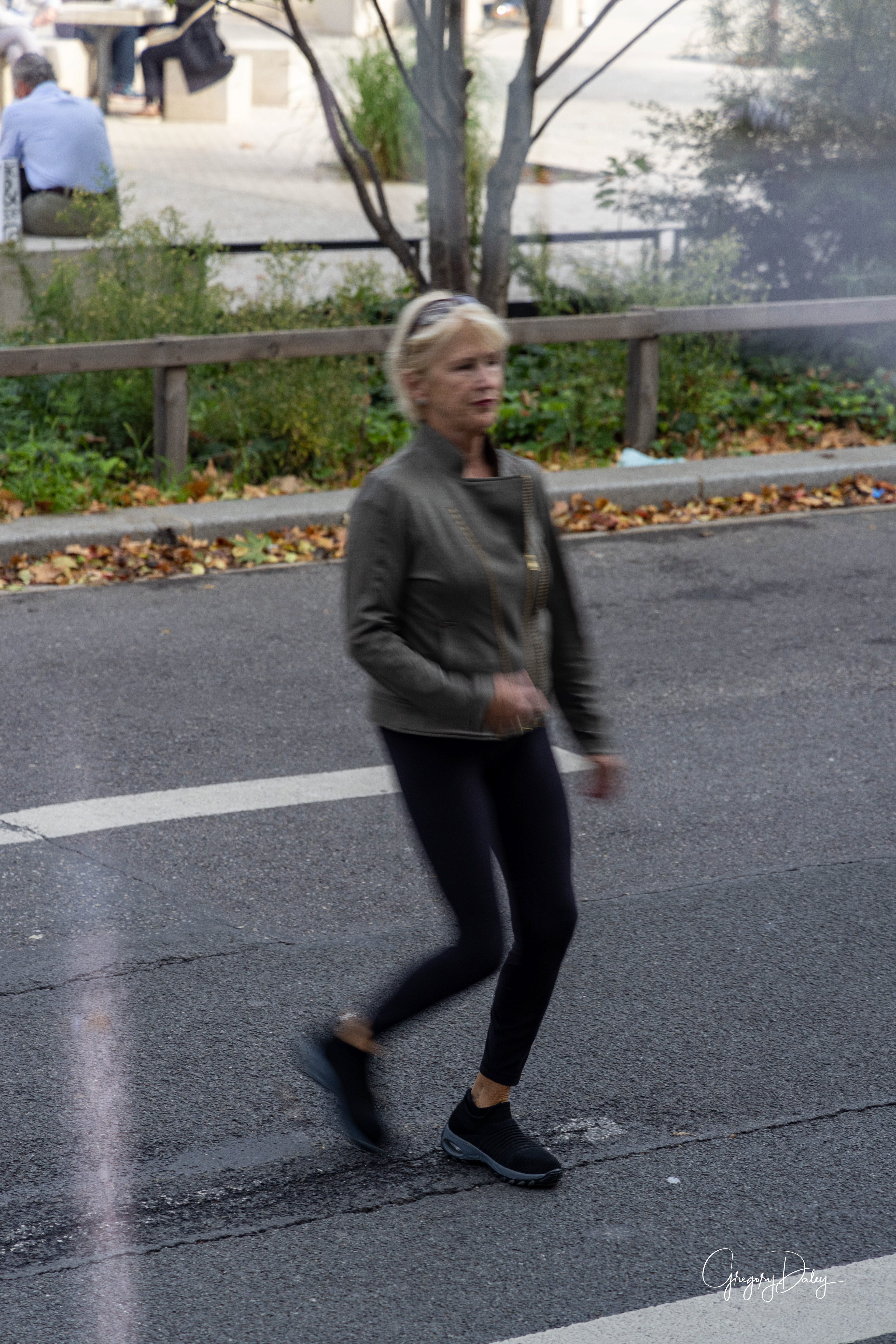

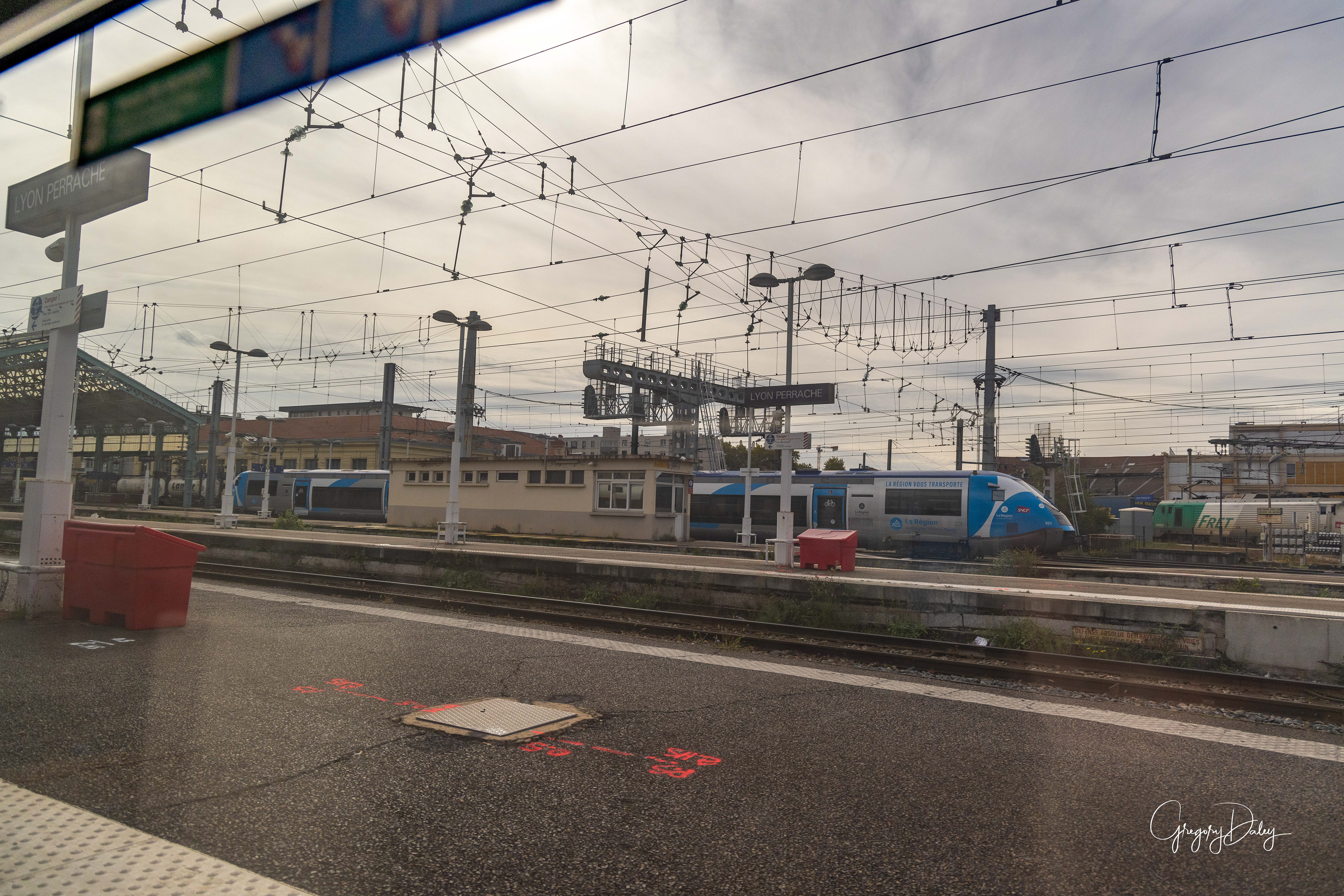


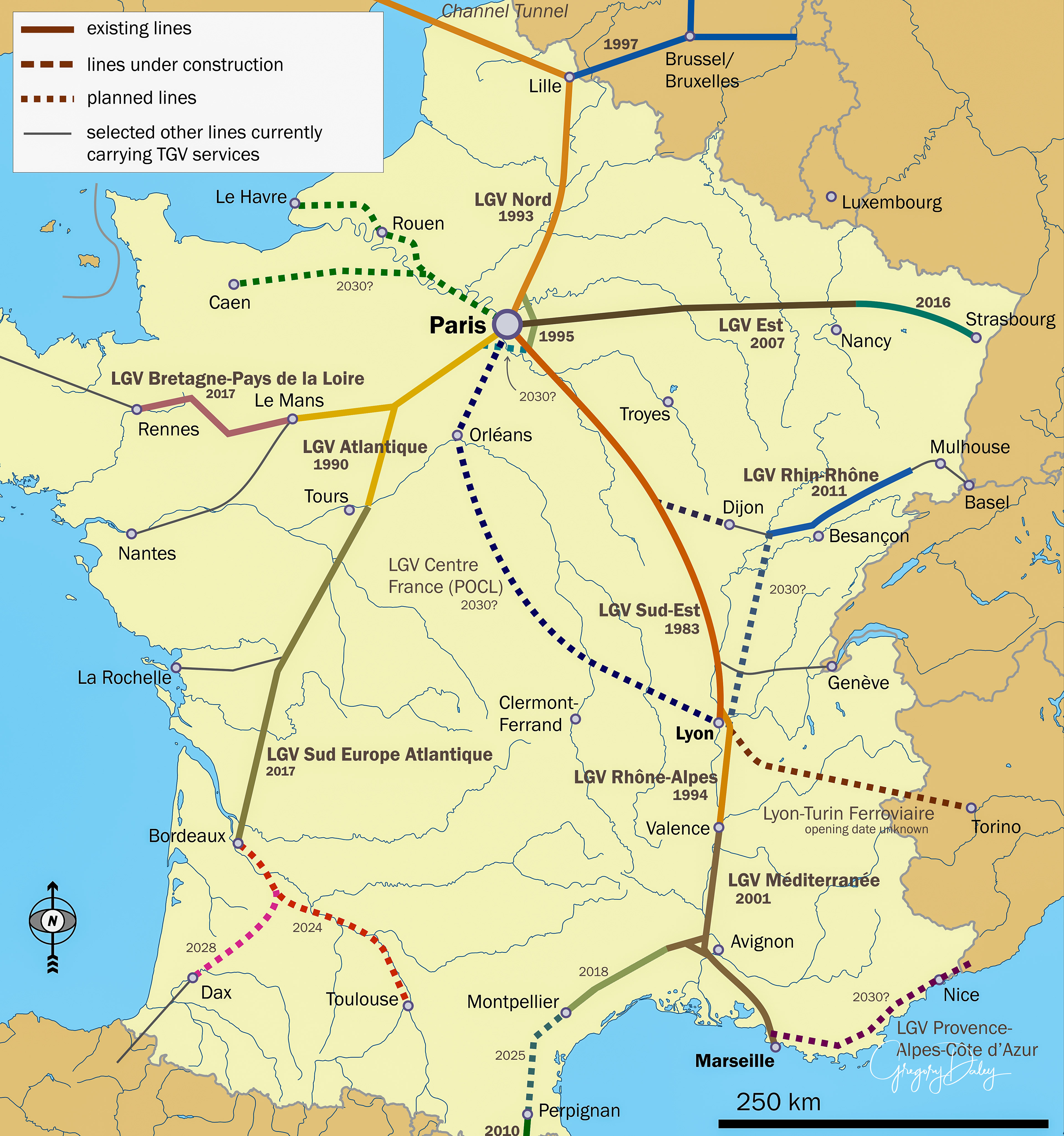
10/21, Day 12 of tour We had our final briefing on the boat and we departed MS Emerald for a short bus tour of Lyon and the local market to buy lunch for the train. Little Kali was all packed and ready to go. Boarded the TGV train in Lyon for an incredibly fast ride to Paris. The train was very long and of course first class is in the last compartment so walking to and from our seats wore everyone down. The TGV (French: Train à Grande Vitesse, "high-speed train") is France's intercity high-speed rail service, operated by SNCF. SNCF worked on a high-speed rail network from 1966 to 1974 and presented the project to President Georges Pompidou who approved it. Originally designed as turbotrains to be powered by gas turbines, TGV prototypes evolved into electric trains with the 1973 oil crisis. In 1976 the SNCF ordered 87 high-speed trains from Alstom. Following the inaugural service between Paris and Lyon in 1981 on the LGV Sud-Est (LGV for Ligne à Grande Vitesse; "high-speed line"), the network, centered on Paris, has expanded to connect major cities across France (including Marseille, Lille, Bordeaux, Strasbourg, Rennes and Montpellier) and in neighbouring countries on a combination of high-speed and conventional lines. The TGV network in France carries about 110 million passengers a year. The high-speed tracks, maintained by SNCF Réseau, are subject to heavy regulation. Confronted with the fact that train drivers would not be able to see signals along the track-side when trains reach full speed, engineers developed the TVM cab-signalling technology, which would later be exported worldwide. It allows for a train engaging in an emergency braking to request within seconds all following trains to reduce their speed; if a driver does not react within 1.5 km (0.93 mi), the system overrides the controls and reduces the train's speed automatically. The TVM safety mechanism enables TGVs using the same line to depart every three minutes. A TGV test train set the world record for the fastest wheeled train, reaching 357.2 mph on 3 April 2007. Conventional TGV services operate up to 200 mph on the LGV Est, LGV Rhin-Rhône and LGV Méditerranée. In 2007, the world's fastest scheduled rail journey was a start-to-stop average speed of 173.6 mph between the Gare de Champagne-Ardenne and Gare de Lorraine on the LGV Est, not surpassed until the 2013 reported average of 176.3 mph express service on the Shijiazhuang to Zhengzhou segment of China's Shijiazhuang–Wuhan high-speed railway. The TGV system itself extends to neighbouring countries, either directly (Italy, Spain, Belgium, Luxembourg and Germany) or through TGV-derivative networks linking France to Switzerland (Lyria), to Belgium, Germany and the Netherlands (Thalys), as well as to the United Kingdom (Eurostar). Several future lines are planned, including extensions within France and to surrounding countries. Cities such as Tours and Le Mans have become part of a "TGV commuter belt" around Paris; the TGV also serves Charles de Gaulle Airport and Lyon–Saint-Exupéry Airport. A visitor attraction in itself, it stops at Disneyland Paris and in tourist cities such as Avignon and Aix-en-Provence as well.





























